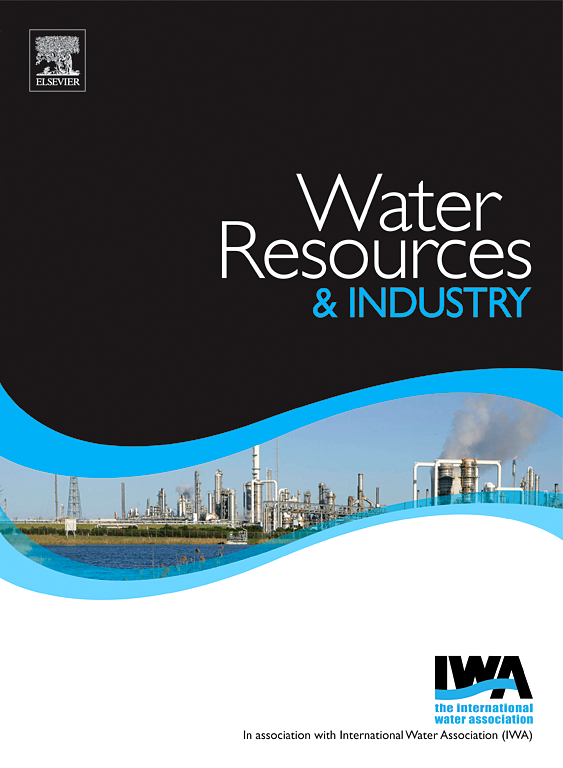DMAc和NMP的好氧和厌氧处理-膜生产的处理选择
IF 7.5
3区 工程技术
Q1 WATER RESOURCES
引用次数: 0
摘要
N,N-二甲基乙酰胺(DMAc)和N-甲基-2-吡咯烷酮(NMP)是用于生产聚砜基膜的溶剂。由此产生的含溶剂废水在外部处理或处置。通过在现场处理废水,可以减少相关的工作量。采用移动床生物膜反应器(MBBR)、两级垂直流人工湿地(VFCW)和厌氧工艺进行了实验室试验,以选择适合的技术。结果表明,溶剂DMAc和NMP均具有良好的好氧降解性。MBBR和VFCWs的平均DOC去除率分别为95%和98%。溶剂中所含的氮在VFCWs中完全硝化,而mbbr中的硝化作用取决于负载。厌氧试验结果差异显著。DMAc几乎完全降级。另一方面,NMP在厌氧条件下可缓慢降解。本文章由计算机程序翻译,如有差异,请以英文原文为准。
Aerobic and anaerobic treatment of DMAc and NMP - Treatment options for membrane production
N,N-dimethylacetamide (DMAc) and N-methyl-2-pyrrolidone (NMP) are solvents that are used for the production of polysulfone-based membranes. The resulting solvent-containing wastewater is treated or disposed of externally. The associated effort can be reduced by treating the wastewater on site. Laboratory tests using moving bed biofilm reactors (MBBR), two-stage vertical flow constructed wetlands (VFCW) and anaerobic processes were conducted to select a suitable technology for this purpose.
The results showed that the solvents DMAc and NMP were well aerobically degradable. The MBBR and VFCWs achieved in average DOC removal efficiencies of 95 % and 98 %, respectively. The nitrogen contained in the solvents was completely nitrified in the VFCWs, whereas nitrification in the MBBRs was dependent on the load. The results of the anaerobic tests differed significantly. DMAc was almost completely degraded. NMP, on the other hand, was slowly degradable under anaerobic conditions.
求助全文
通过发布文献求助,成功后即可免费获取论文全文。
去求助
来源期刊

Water Resources and Industry
Social Sciences-Geography, Planning and Development
CiteScore
8.10
自引率
5.90%
发文量
23
审稿时长
75 days
期刊介绍:
Water Resources and Industry moves research to innovation by focusing on the role industry plays in the exploitation, management and treatment of water resources. Different industries use radically different water resources in their production processes, while they produce, treat and dispose a wide variety of wastewater qualities. Depending on the geographical location of the facilities, the impact on the local resources will vary, pre-empting the applicability of one single approach. The aims and scope of the journal include: -Industrial water footprint assessment - an evaluation of tools and methodologies -What constitutes good corporate governance and policy and how to evaluate water-related risk -What constitutes good stakeholder collaboration and engagement -New technologies enabling companies to better manage water resources -Integration of water and energy and of water treatment and production processes in industry
 求助内容:
求助内容: 应助结果提醒方式:
应助结果提醒方式:


